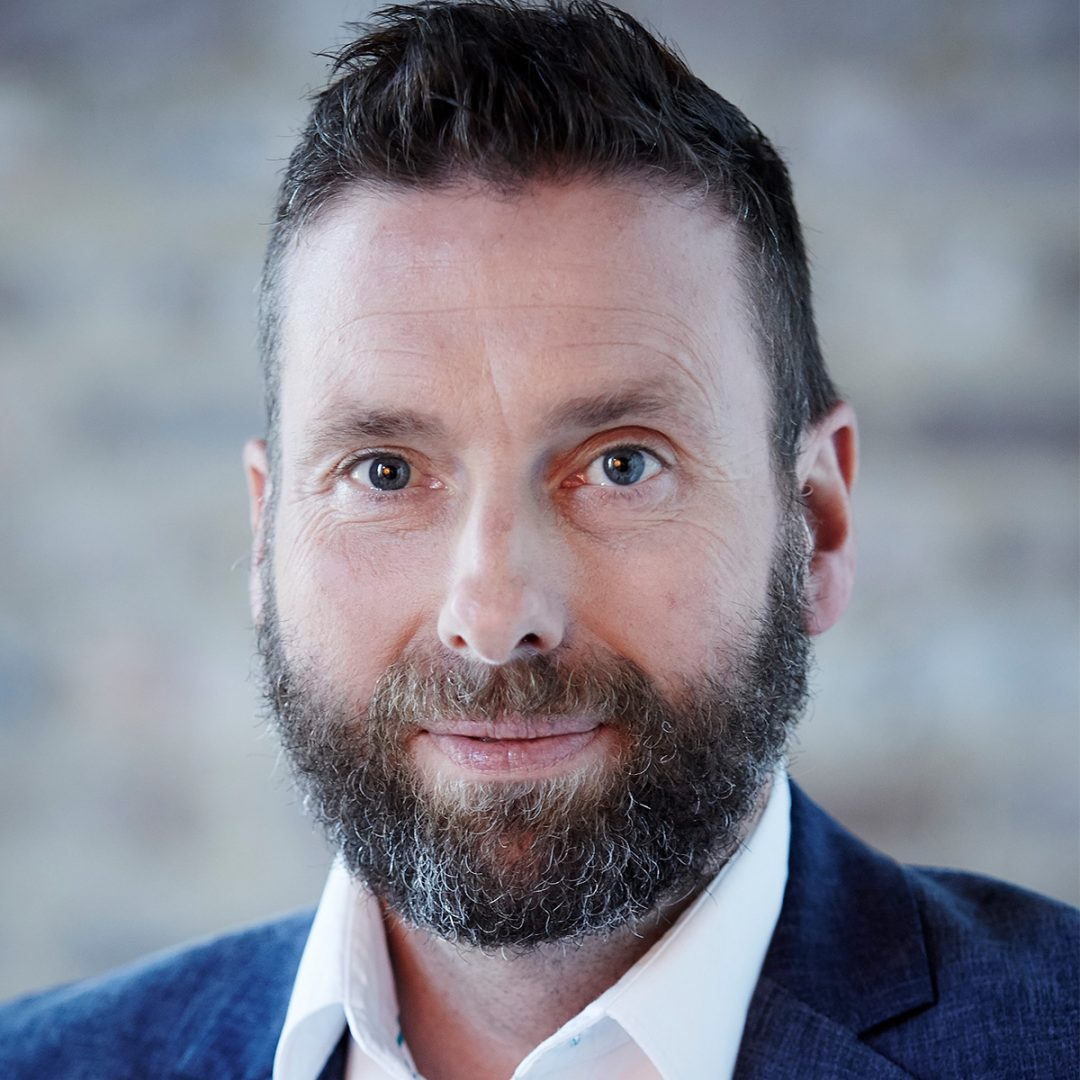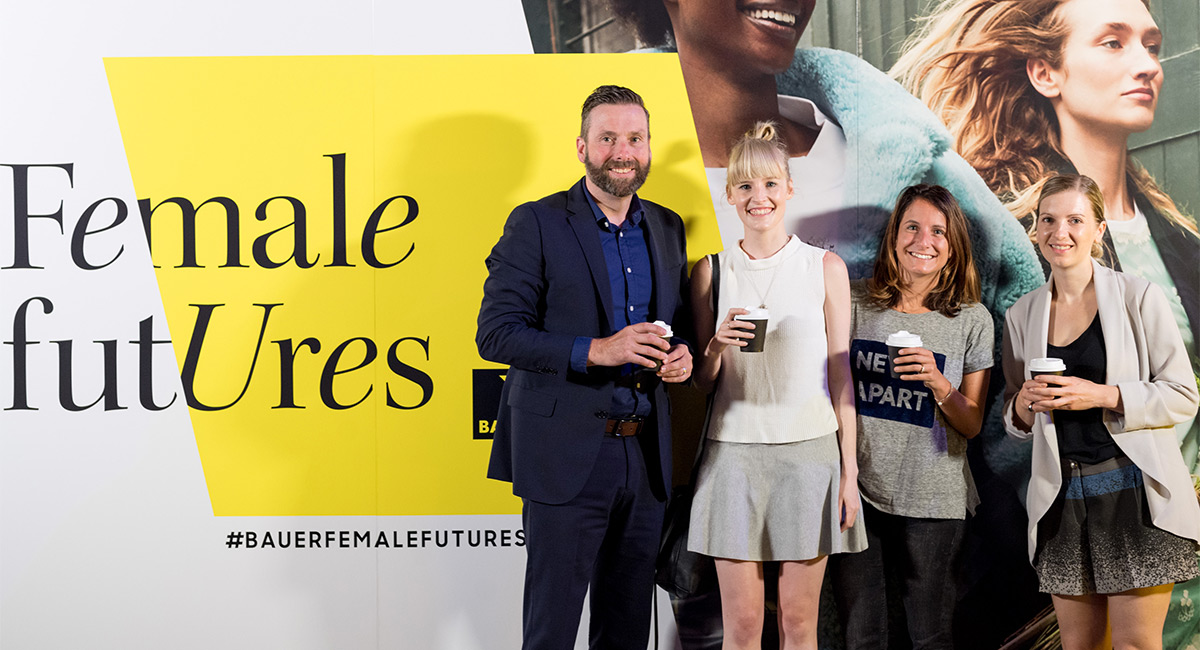Bauer Media’s commercial director Paul Gardiner arrived here in 2017 after working alongside CEO Paul Dykzeul also in New Zealand successfully for a number of years.
Mediaweek met Gardiner in his office at 54 Park Street recently and started asking about the decision to relocate to Sydney.
Leaving a market where the appetite for magazines was stronger than any other country’s must have been a big one.
“Australia in a way is nearly a total opposite,” admitted Gardiner. “The New Zealand market is very strong while the Australian market is underdeveloped in terms of comparable countries.
“We felt there is an opportunity to stabilise the market at the very least.
“There are a couple of things I identified we needed to do quite quickly. We have realigned our client-fronting teams and we are covering more of the market. We will then work on changing the conversation around our business and our audiences.”

Paul Gardiner
Bauer Media audience
Gardiner: “There is a view our audiences have significantly declined, which isn’t true. On average our print audiences over the last three years have dropped by 7%. The problem is our agency revenue has declined by 35% over three years.”
Gardiner said Bauer Media doesn’t want a magazine story – it wants a magazine brand story, which includes digital.
“If we change the conversation to total audience, we are up year-on-year with 33% more touchpoints.”
Gardiner has been working his way around the agencies to question why the investment has dropped significantly. “Their view is they are chasing audiences. You can understand that as marketers have more audience to play with than there has ever been. There is a realisation from marketers and agencies that as they have been chasing audiences, those audiences don’t exist.
“Look at outdoor – you now might only have a one-in-eight chance of your ad being seen on a digital display. There is a realisation the [investment] shift has gone too far.
“The challenge we have is to give advertisers a reason to come back to our brands.
“We have also lost our narrative about engagement, which was always the holy grail for magazine brands.” Gardiner said the average time spent with branded content created online by Bauer Media brands is four minutes. “That is a story we need to re-articulate to the market.”
New platforms, new opportunities
Gardiner: “It is all very well closing brands, but you have to be brave enough to launch as well. We have been working on getting our publishing portfolio in line with our purpose. Now we are able to investigate new opportunities.
“A lot of the insights we are seeing coming out of the Future Labs research give us opportunities to have new conversations.”
The first major new Bauer Media platform is Women To Love, which is part of the established Now To Love network. “That is based around the fact that women are still under-represented in the creative community. Only 11% of creative directors are females.”
Gardiner noted that Bauer Media initiatives may not resemble past products. “They may not be monthly, weekly or even quarterly. We recognise that the old publishing way is not the new way. You might see one-shots capitalising on consumer moments – opportunities where we can get out really quickly.”
Echoing comments that used to be made by former Pacific CEO Peter Zavecz, Gardiner noted: “We don’t have an audience problem.”
Multiplatform selling
When asked how easy it is for advertisers to reach the combined brand audience for various products, Gardiner admitted, “We need to do better.”
“One of the first things I did was to recreate our content solutions team, which has been branded Story 54. That is an insight-led team commercialising storytelling for advertisers and it is channel agnostic. The idea leads the way – which is quite a big shift for us.”
Digital content specialist Jane Waterhouse is running that team. Bauer Media was running Story 54 campaigns – for Fiat, Google and Holden – before it announced the initiative.
Female Futures
Gardiner: “We have closed a lot of products over the past couple of years, but you will find those products haven’t been core to our proposition.
“What you are seeing with Female Futures being rolled out is our core proposition. Our executive team has been working very hard on ‘what is our purpose as a media company?’.
“There aren’t many media owners who can articulate a purpose. What would outdoor be able to articulate or some of the other big owners?
“Our purpose is around driving a better female future, which was what our recent trade presentation was about. It has been good for us to have a new narrative in the market and internally it has been good for our people too.”
Evolving Bauer brands
Gardiner said the traditional idea of a weekly women’s magazine is changing dramatically. “The content in those titles can be easy to get in other places. There has been a shift to more lifestyle content and less celebrity content. It is now about Woman’s Day and the digital brand Now To Love as one entity.
“Specialist titles that service niche branded communities have content that is harder to find in other places, which is great.
“Digital has been great for our business. As we have launched our digital assets into the market, we haven’t seen readers switch from print to digital. If consumers like reading a magazine, they like the platform and they will continue reading. Digital means we are capturing people that never read a magazine – there is very little duplication across our audiences.”
Gardiner said it was a big call to make about publishing once and amplifying it on multiple platforms. “There was a fear we might lose our print audiences, but that hasn’t happened. Those people were not consuming the content online.”
Bauer has no premium content behind paywalls or reserved for print only. “We now realise we are not going to lose audiences by opening up the digital platforms.”
For the time being at least, Bauer digital properties will be ad-funded, although Gardiner noted, “The great thing about digital is you can change your mind. Personally I don’t think we will see a paywall strategy in the space we play in. What we have to get better at is finding how to generate revenue from our sites rather than just offering display ads.”
Youth audiences
Bauer media in New Zealand had a number of initiatives seeking a younger audience. It published a print product called Paperboy that Mediaweek’s New Zealand correspondent John Drinnan has talked about previously.
Gardiner reminded us also about a Miss FQ, which was an online destination launched after the closure of Cleo. [Bauer NZ publishes a fashion magazine called FQ.] “When we launched Miss FQ the readers wanted to know if there would be a magazine too so we published a magazine and it has become a regular title every quarter.
“At Paperboy we didn’t get the advertising support we needed to make money.”
